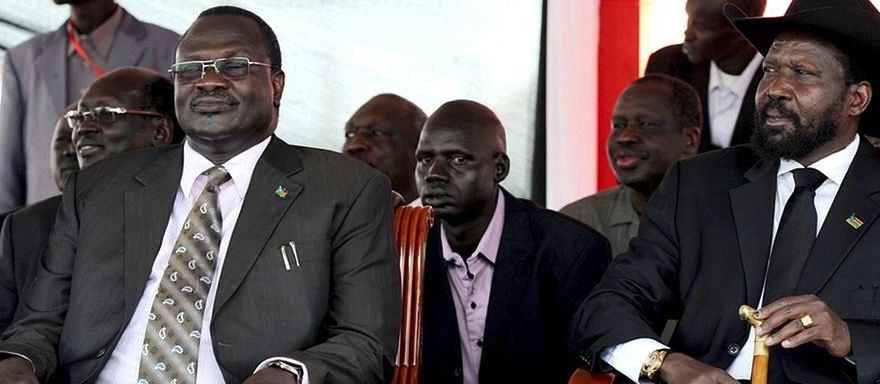The International Crisis Group (ICG), a thinktank based in Brussels, issued a report on Thursday titled ‘South Sudan: A Civil War by Any Other Name.’
The paper offers analysis of the current crisis and concludes that the civil war was ‘decades in the making’ owing to lack of substantive SPLM and SPLA reform. The thinktank contends that ‘democratic space’ must be reopened in South Sudan in order for the country to attain a stable, multi-ethnic representative government.
In the excerpt below, the ICG elaborates on ethnic factors involved in mobilization for the conflict.
Excerpt, pg. 10-12, ‘Ethnic violence and mobilization’:
The armed conflict quickly turned brutal, with ethnic violence against and between civilians. Rape and the deliberate destruction and theft of household assets left many women, particularly those whose husbands and male relatives joined the warring parties, in an especially precarious situation. Systematic targeting of Nuer civilians in Juba in the days following 15 December was perhaps the single most critical factor in mobilising Nuer to join Machar’s movement. Investigating what happened, how to prevent it from occurring again and holding those responsible will need to be addressed as part of a mediated agreement to break the cycle of violent ethnic conflict.
Armed youth from different ethnic groups have mobilised and are responding to attacks against community members elsewhere in a widening circle of reprisal and revenge. Many do not directly report to any political leader, and the longer the violence continues, the more difficult it becomes to contain. While much of the conflict is “political”, there are also ethnic drivers to the escalating violence, and the two are often difficult to distinguish. Dinka and Nuer ethnic identities were deliberately politicised during the second civil war, and militarised structures within communities, such as the gelweng, titweng and White Army/bunam remain powerful reference points for many young Dinka and Nuer.
There are also differences within the Dinka and Nuer, and ethnicity is not the deter- minative factor for some. There has long been a distance between the Jonglei and Bahr el Ghazal Dinka within the SPLM. Over the past year, divergent views between the Jonglei Dinka, some represented by members of the “SPLM 7”, and the Bahr el Ghazal Dinka have come increasingly to the fore. Some Jonglei Dinka resent being put in the middle and bearing the brunt of revenge for what they consider a Bahr el Ghazal Dinka (Salva Kiir’s home area) effort to maintain the Kiir presidency and their recourse to ethnic violence in Juba to do so. Many influential figures within the SPLA are deeply unhappy and are becoming increasingly vocal about what they perceive to be the “politicisation” of the SPLA.
Many Nuer remain with the government: some reject ethnic politics; others do not consider Machar their leader. The position of Nuer within the SPLA is increasingly tenuous, however, with reports of mistreatment even of loyalists. Some senior Nuer appear to be stepping back from the government without joining the opposi- tion, including by leaving the country. Defections of Nuer and others are ongoing, most recently before the SPLA in Opposition offensive on Malakal; others, such as the recently amnestied South Sudan Liberation Army (SSLA), comprised of Bul Nuer from Unity state, remain loyal to the government. The partially integrated SSLA forces, rather than the SPLA, are securing much of Unity state for the government.
Recognising the history of violence and disagreement, as well as inter-marriage, cooperation and co-existence, within and between communities, is integral to building a sustainable peace in a national process. This critically requires honesty within and between communities, politicians and military leaders.
Footnotes for this section to be found in the original report cite interviews with government officials, opposition forces and SPLA officers.




